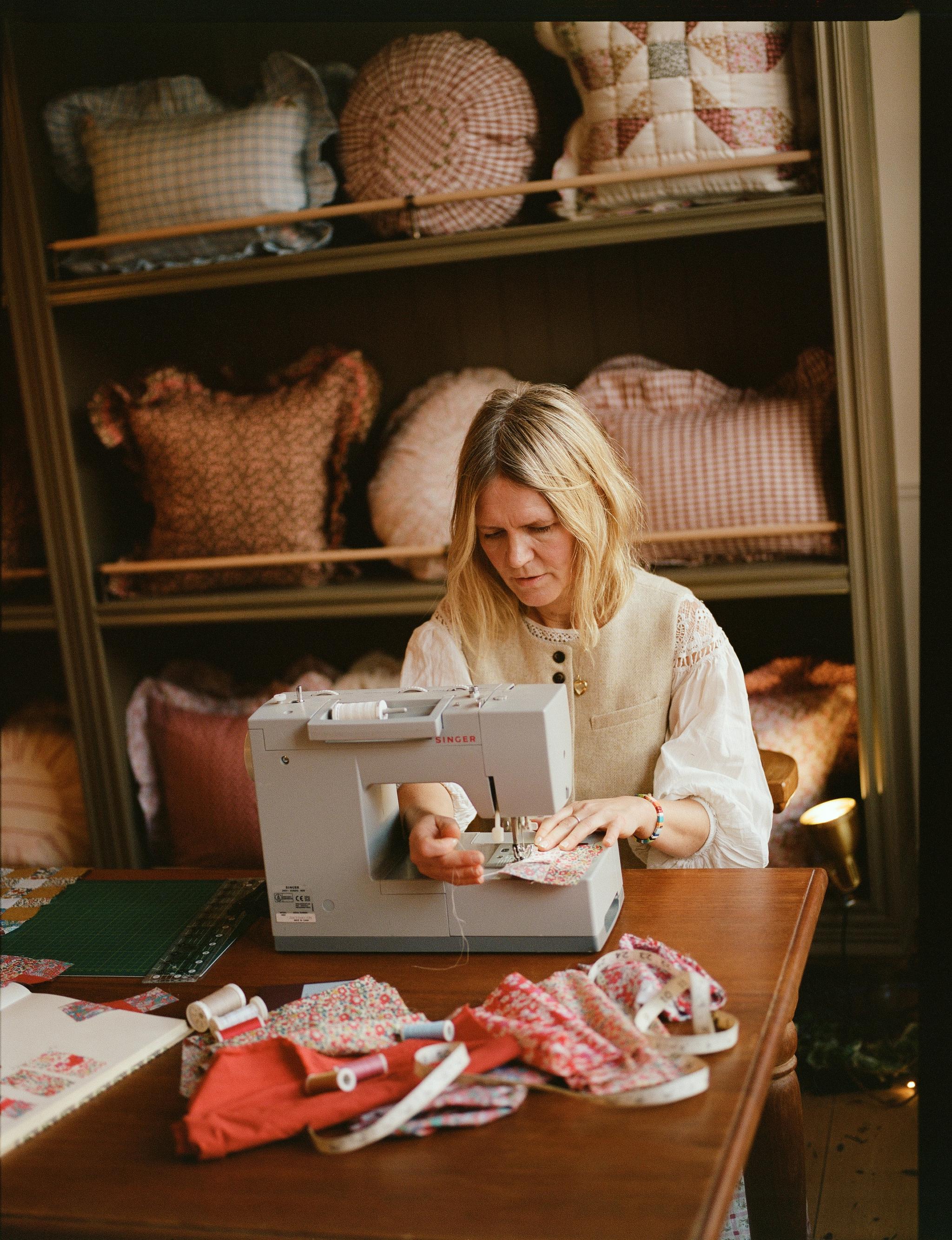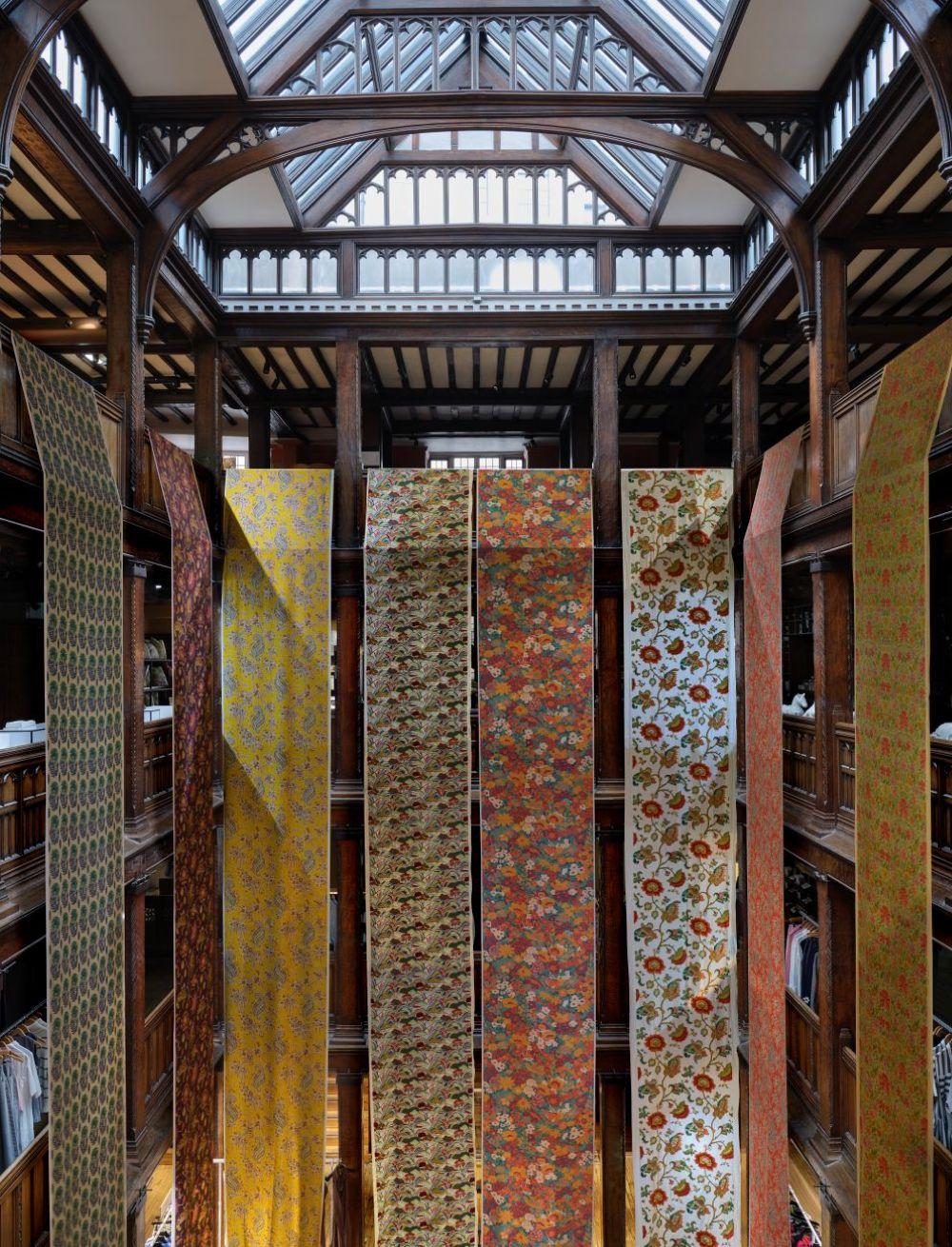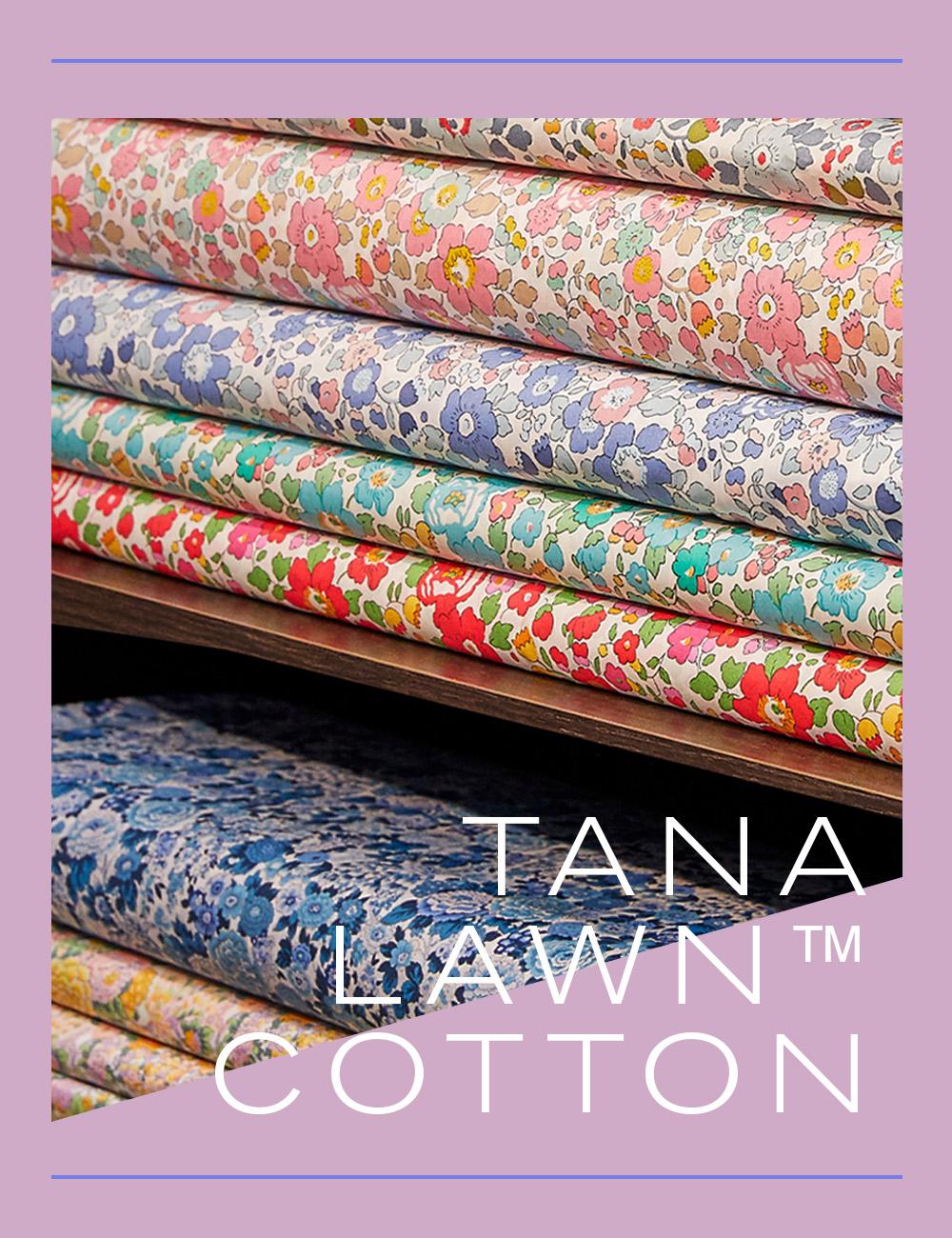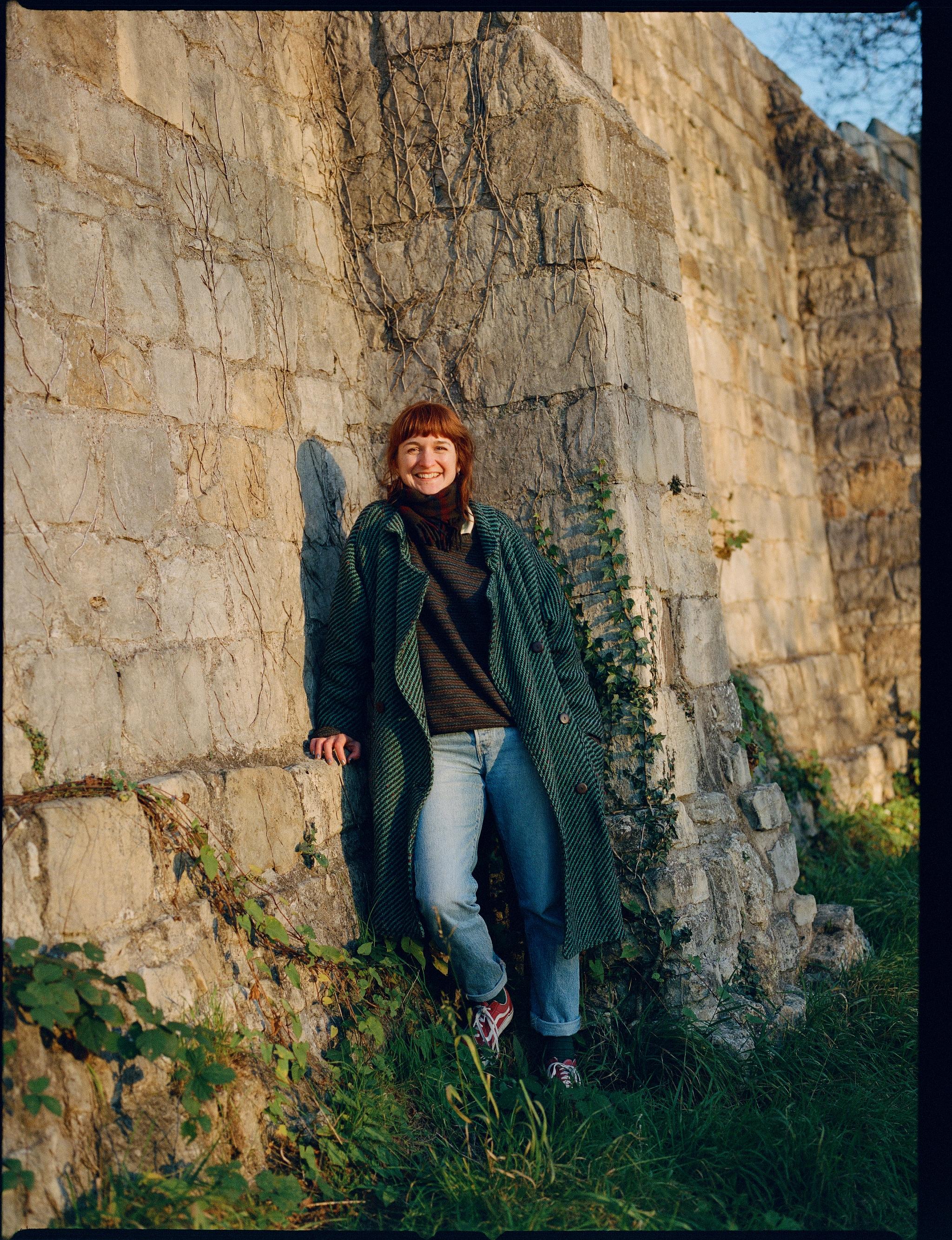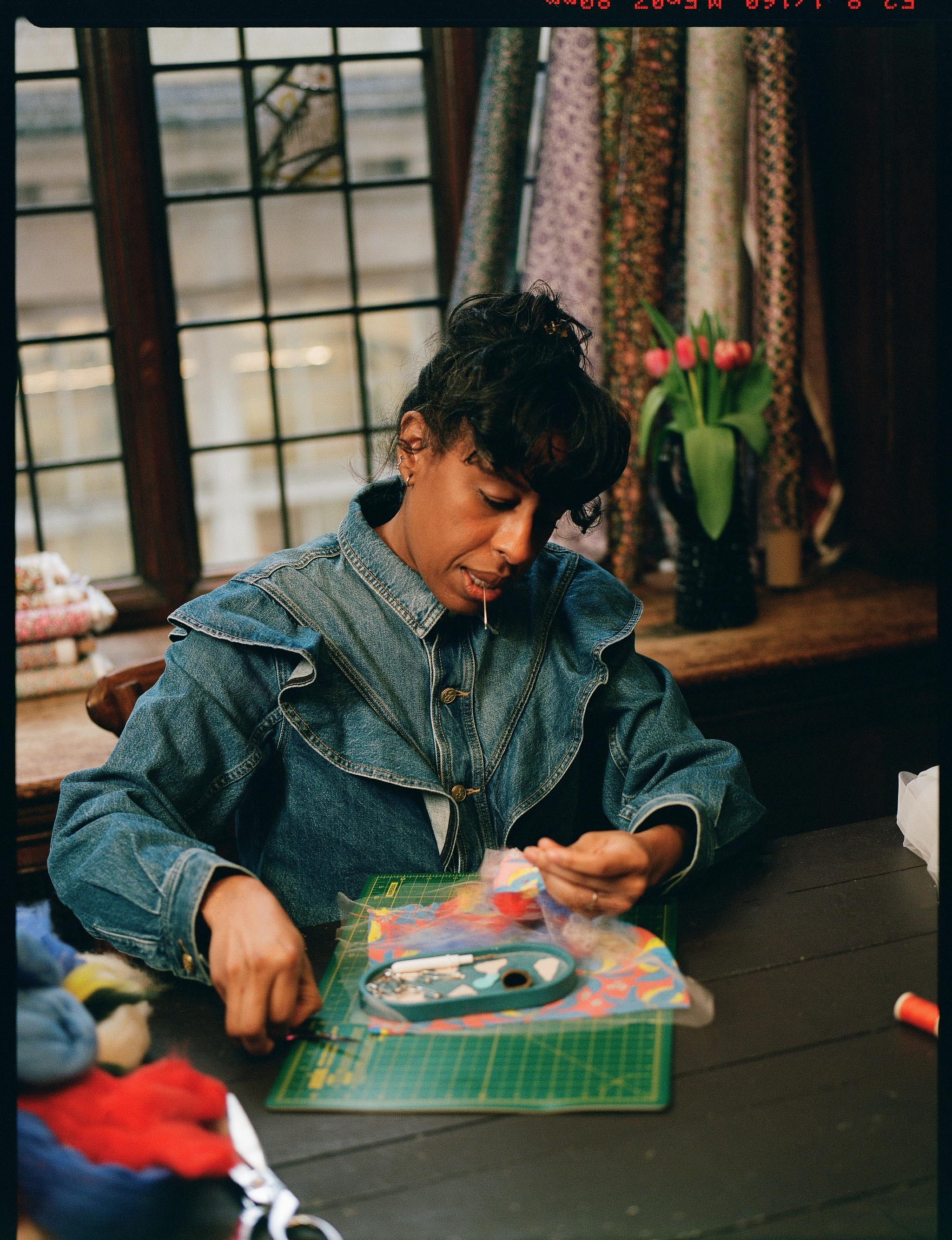From The Archive: Liberty Botanicals
Tracing the lush prints at the root of Liberty’s design ethos.
Read more
Liberty Botanicals
Tracing the lush prints at the root of Liberty’s design ethos
Shop Liberty FabricsBotanical Liberty prints have blossomed within the art movements of the 19th, 20th and 21st centuries, germinating into new styles and forms with every passing decade. From the store’s founding to the present day, we trace the organic line of Liberty’s botanical designs through the ages.
When Arthur Lasenby Liberty first opened his store in 1875, he wanted to make beautiful artworks and crafts from across Asia and the Middle East available to the British public. The first ever Liberty prints were reproductions of sprig florals and paisley designs from India, woodblock printed by hand on Mysore silk – these first botanical motifs quickly proved popular, and Liberty soon set about experimenting with a variety of graphic designs printed onto imported textiles.
The high demand for Liberty Fabrics encouraged the brand to acquire the Merton printworks in southwest London, where our printing operation remained until 1970. Merton became a centre for the Arts and Crafts movement in the 1880s, with artist William Morris soon bringing his own mill downstream. Morris’s influence, along with that of other luminaries of the scene such as C. F. A. Voysey and William de Morgan, can still be felt in the Liberty prints of today – our designers regularly draw inspiration from botanical Arts and Crafts designs, working with original artworks from our 45,000-strong print archive.
Renewal and rediscovery are key tenets of Liberty’s design story, evidenced by the multi-layered, richly textured nature of our archive. The sinuously organic lines of our original Art Nouveau artworks, created in the late 19th century, spiked again in popularity during the Gothic Revival of the 1970s. The sunflower motifs that were so popular during the Aesthetic era of Oscar Wilde and the pre-Raphaelites made a return in the 1960s in new, hyper-stylised forms, capturing the attention of swinging Carnaby Street. These botanical artworks have a seasonal and cyclical nature, sometimes lying undisturbed for several years before flowering back into the spotlight.
With each new artist who enters the studio, Liberty designs are infused with fresh creative possibilities. Iconic Trinidadian-born British textile designer Althea McNish created her first ever collection as a commission for Liberty in the late 1950s – each bold print was imbued with a distinctively tropical design sensibility, the likes of which had rarely been seen in grey and gloomy post-war Britain. As the artist herself said: “People needed more colour in their lives, and I decided to give it to them.”
In the 1960s, Liberty’s so-called “enfant terrible” Design Director Bernard Nevill also experimented with botanical motifs to innovative new effect. One of his most enduring designs is Prospect Road – famously worn by Twiggy in Vogue in 1969, this lush landscape scene has recently been redrawn and reimagined for the Autumn 2020 Liberty womenswear collection.
Similarly within each new generation of customers, Liberty botanicals find new ways to flourish and grow. The humble floral ditsy is one such perennial, first popularised by Liberty in the 1920s and ‘30s. Today these same diminutively dainty prints are beloved by fashion designers for their subversive sweetness, featuring everywhere from anarchic graduate collections to the AW20 catwalk. The evergreen nature of Liberty florals is nowhere more apparent than in those who choose to wear them – beloved by everyone from royalty to rock stars, these prints continue to thrive.
The Liberty Fabrics studio remains firmly at the heart of our design philosophy. Our artists create hundreds of new artworks every year for seasonal and capsule fabrics collections, working in diverse mediums of gouache, watercolour, collage and more. Often working from life, the Liberty Fabrics team continues to find inspiration in the beauty of the natural world – from prim gardens to wild mountain meadows, tropical jungles and rare desert blooms. The magic lies in the way that Liberty prints continue to evolve, budding every year into fresh new iterations.
